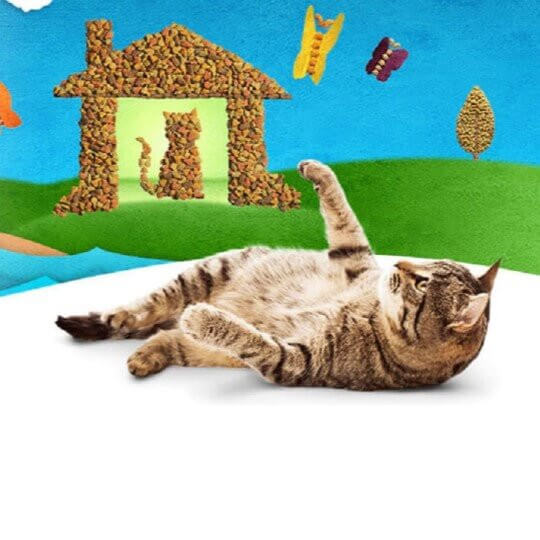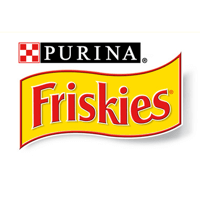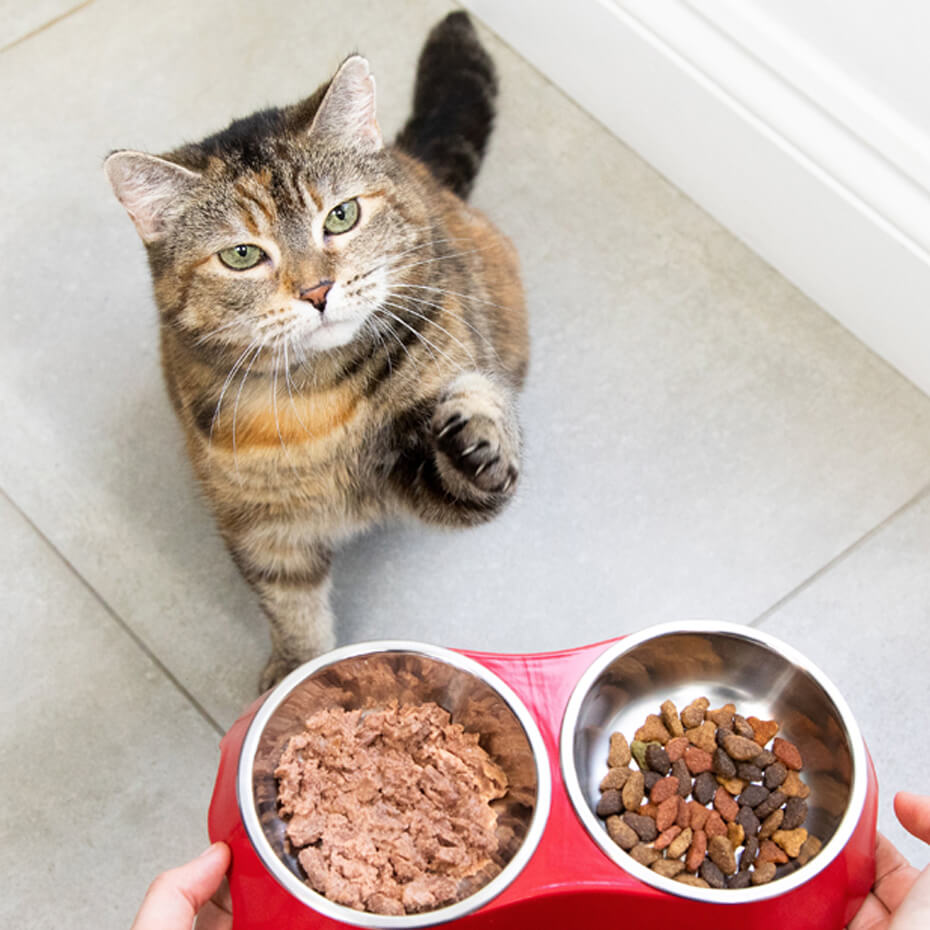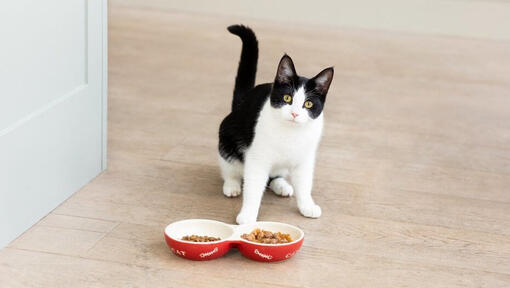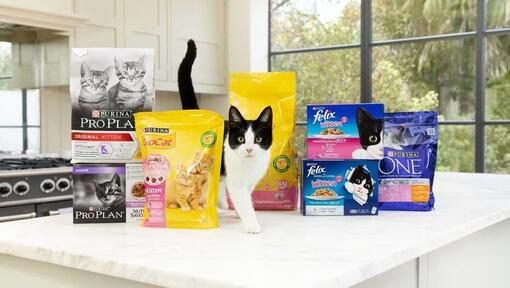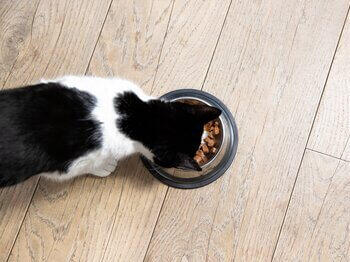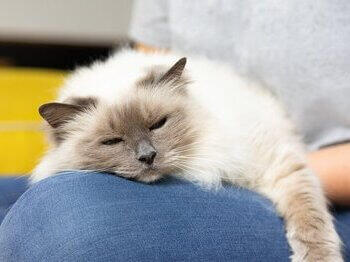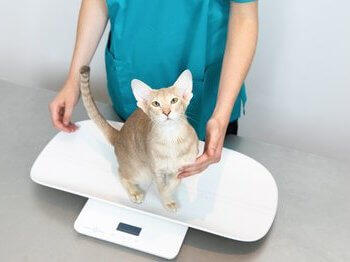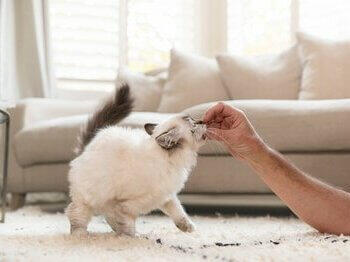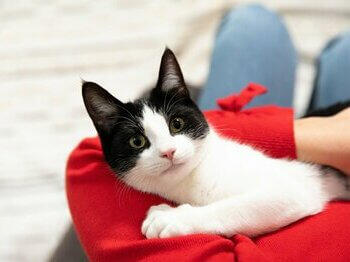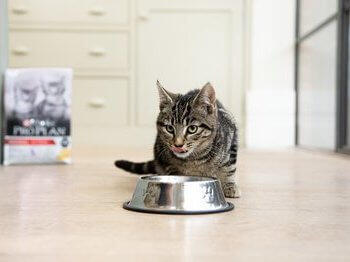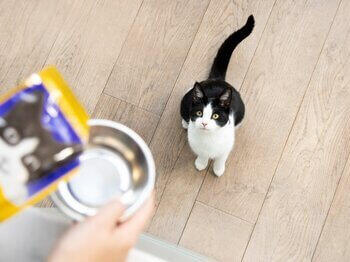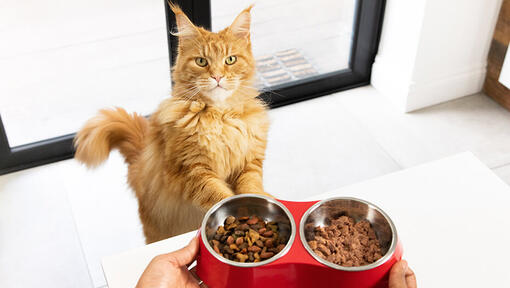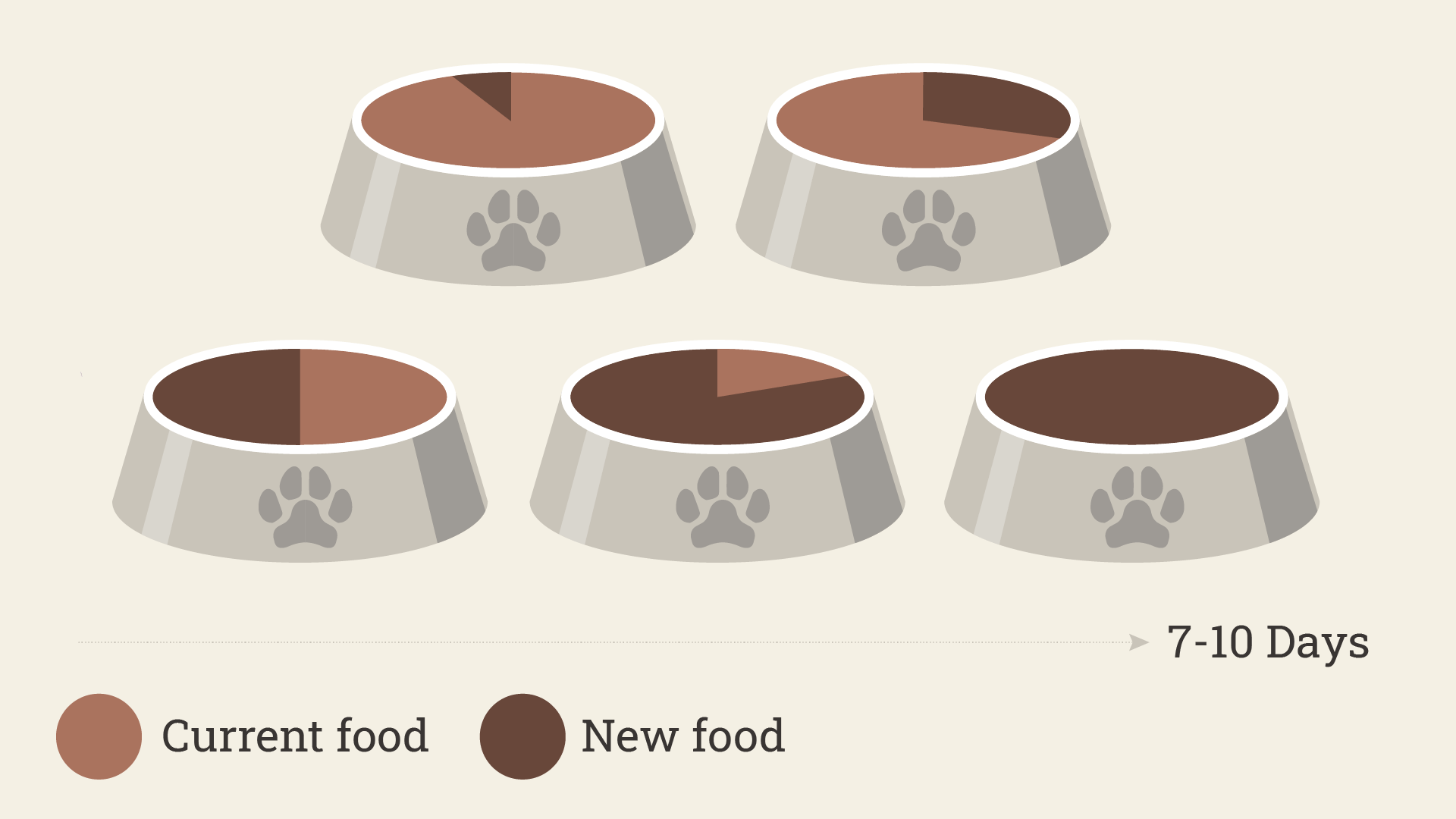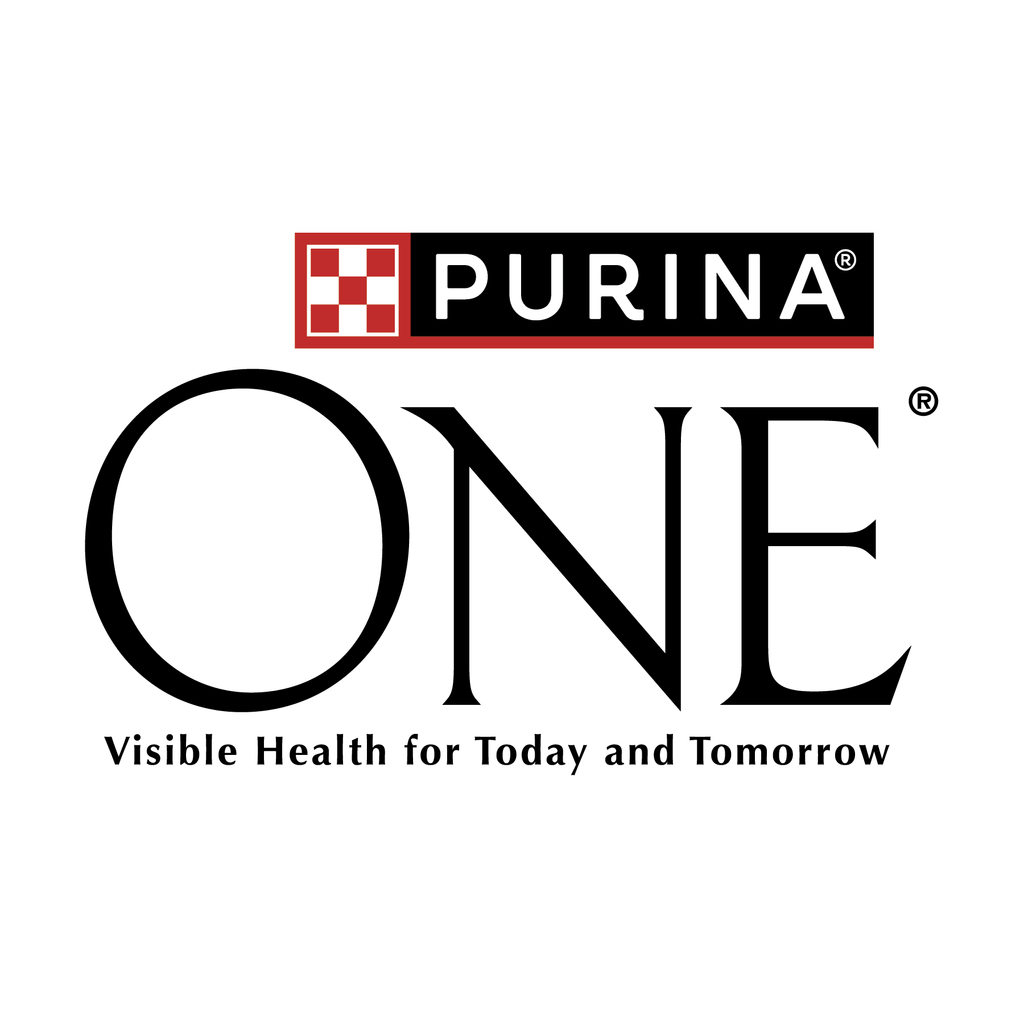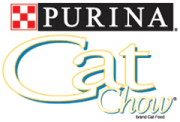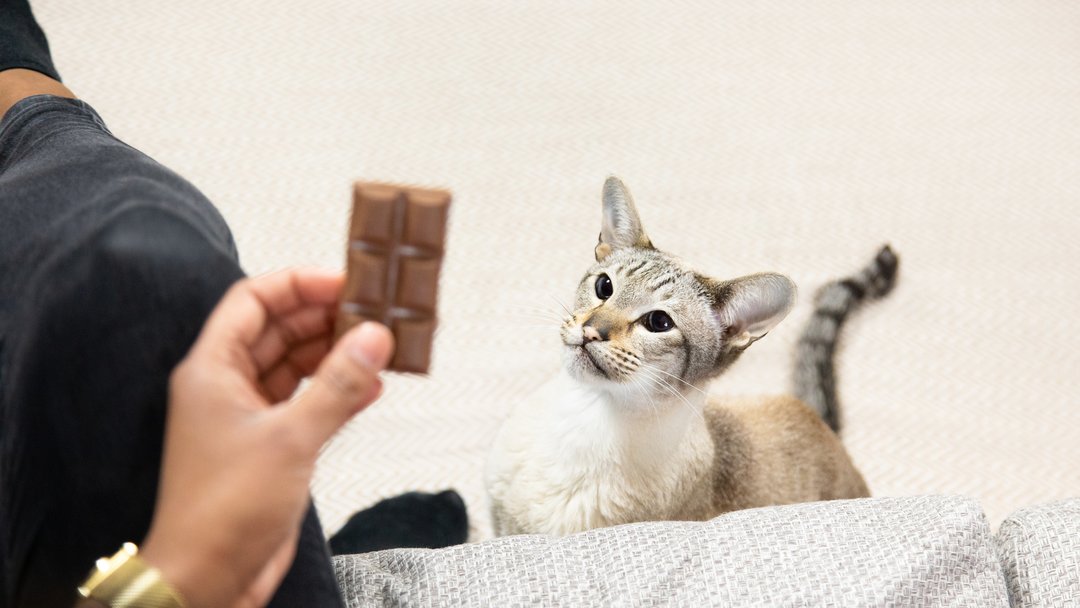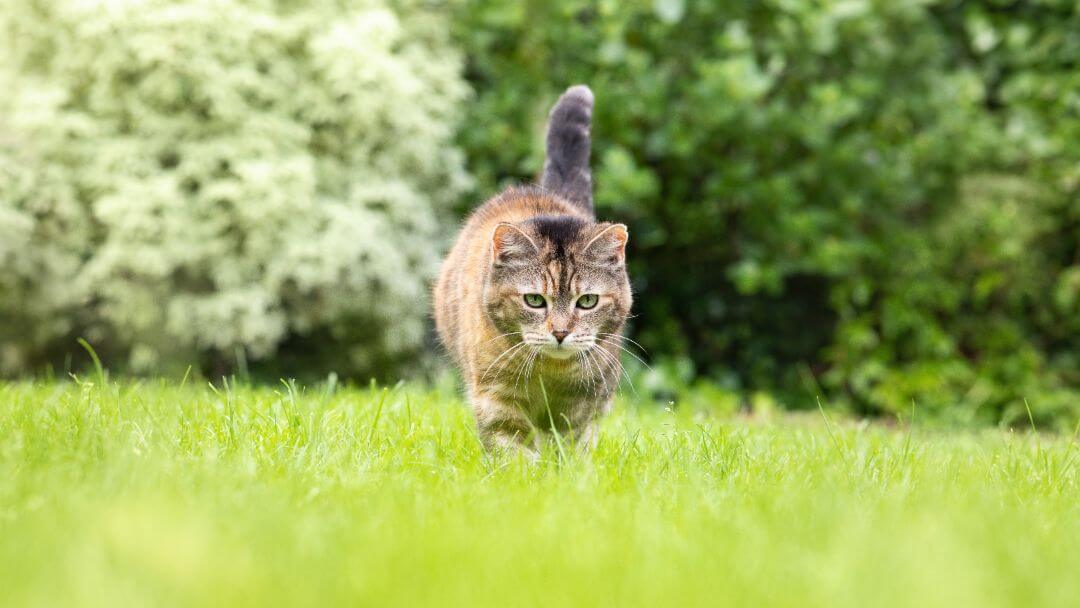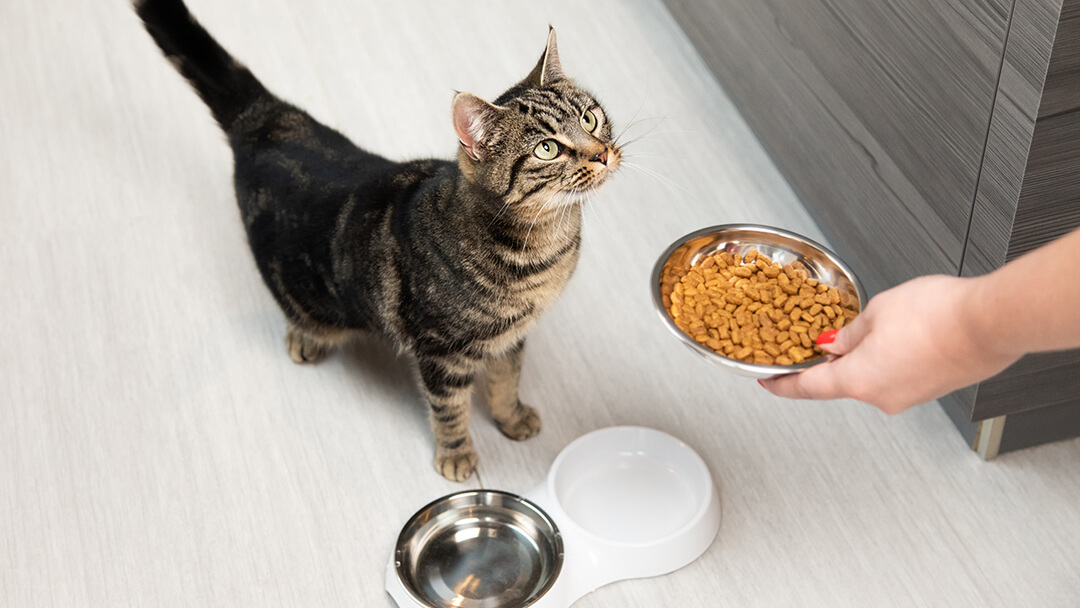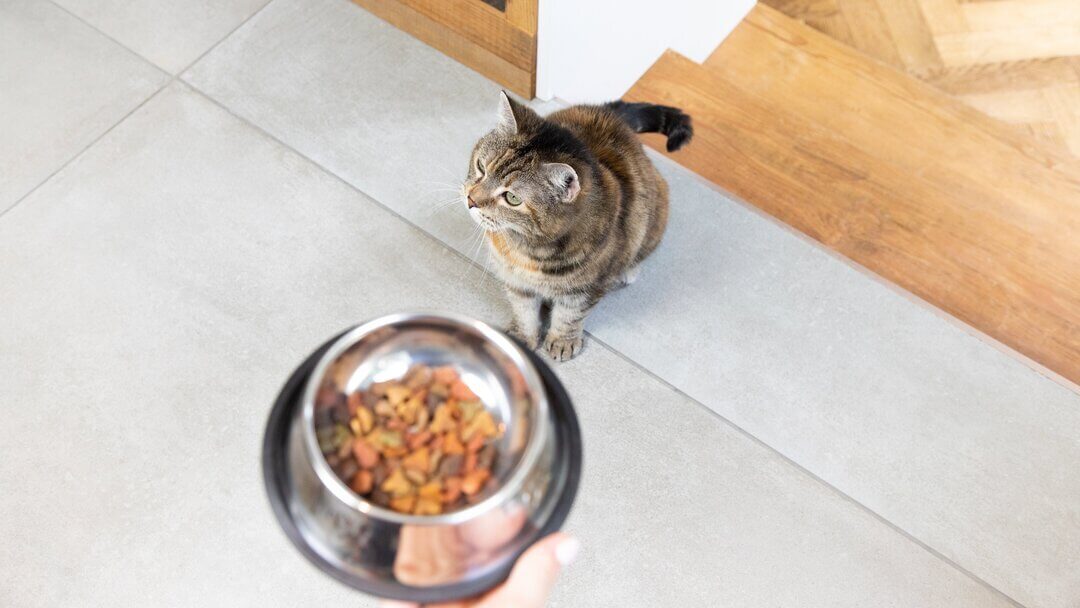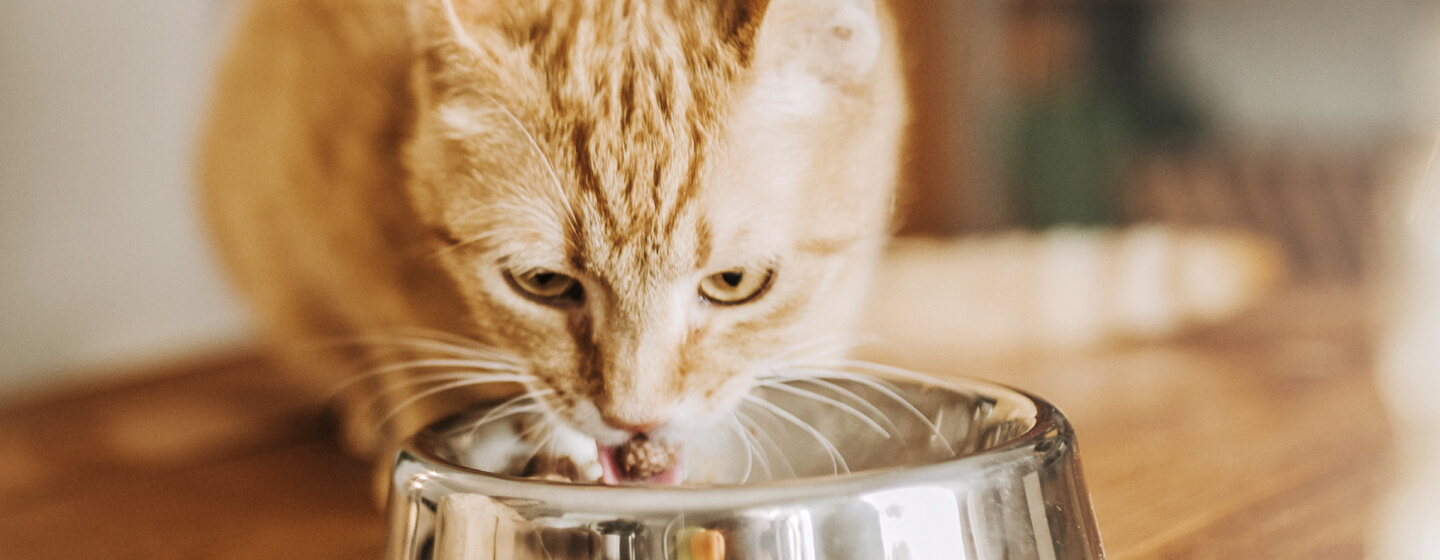
Once your cat has reached their first birthday, it’s time to think about a regular cat feeding routine. As they change from a playful kitten to a full-grown adult cat, it’s important to make sure they have all the right nutrients they need to stay happy and healthy.
To keep in tip-top condition, your cat’s diet needs the right balance of proteins, fats and oils, minerals, vitamins and carbohydrates. It might sound a bit complicated, but good-quality complete feline food should provide everything your furry friend needs, and unless advised to by your vet, a well-balanced diet means your cat won’t need any other diet supplements.
Find out how much and what to feed cats for their health and happiness with tips from the PetCare team below.
What to feed cats
It might seem like there’s a huge amount of choice out there. Answering ‘what is the best food for cats?’ seems impossible. The good news is that whatever your cat’s lifestyle, condition or age, there’s a food that’s right for them.
Ultimately, unless influenced by a medical condition, deciding whether to give your cat wet or dry cat food is completely up to you (and your cat of course)!
Some owners serve a mixture of dry and wet foods - some cats prefer wet food in the morning and to have dry food left out during the day to graze on. Try your cat with both to see which they prefer.
Find out more about feeding your cat and the benefits of wet and dry food in our guide.
Purina food for cats
Purina produces many of the New Zealand's leading dry and wet adult cat foods, for every life stage and lifestyle. See our full range of cat food.
- If your cat spends most of their time indoors, they may benefit from a special indoor formula to reduce hairballs, or a lower calorie diet as they’ll be less likely to roam and more likely to put on weight, such as Pro Plan Weight Loss Sterilised Dry Cat Food.
- If your cat is neutered, they may find a specialist food for neutered cats helpful to aid with maintaining a healthy urinary tract, such as Purina One Urinary Care.
- Older cats will also need to have a slightly adjusted diet, as well as pregnant mothers and cats that are obese or overweight. Purina has several ranges just for senior cats.
- Some fussy felines have a preference for certain flavours and varieties. If your cat prefers fish to fowl, Fancy Feast may have the answer.
If your cat has special nutritional needs, or you are concerned about their diet, make an appointment to chat this over with your vet.
Cat feeding guide tips
- Cats are creatures of habit, so getting into a regular routine as soon as they’re ready to move onto adult cat food is best for both you and your cat.
- Feeding a cat in the same place and at the same times each day is best, in a quiet area where they can relax, well away from their litter tray.
- Choose a surface that can be easily cleaned, or use a cat feeding mat, and always use a clean ceramic or metal bowl. Some cats may prefer to eat from a flat bowl or saucer – this can also help slow down fast eaters!
- If you have more than one cat, make sure their feeding bowls are a reasonable distance apart to avoid any confrontation. If your cats really don’t get along, you may even need to have completely separate feeding areas to keep the peace.
Your cat’s designed to eat little and often – if you can feed them several small meals a day, great! However, if you’re feeding them wet food or your lifestyle doesn’t allow for this, then two meals a day is fine for most cats.
When it comes to feeding cats, try to serve wet food (cans/tubs/pouches) at room temperature, as it smells more attractive and is easier to digest. This means taking it out of the fridge an hour or so before feeding. It’s fine to use the microwave for a short time to warm it through, but be sure that the food is never hot.
- Wet food goes stale quickly so avoid leaving it out. Once opened, don’t store wet food for longer than 24 hours, even in the fridge.
- Dry food, on the other hand, can be left out during the day without spoiling. Store it in a clean, dry environment, ideally in an airtight container or a resealable box, to keep it tasty and maintain its aromas.
This depends on your cat’s breed, lifestyle and body condition. Every cat is different. The most important thing when considering how much to feed your cat is to ensure you’re giving them enough to maintain their healthy, lean body condition.
An easy way to check your cat’s body condition for yourself is to simply run your hands around their sides and tummy. At an ideal weight you should be able to feel, but not see, their ribs quite easily, without a heavy covering of fat.
If you look at them from above, their waistline behind the ribs should be clearly visible, with no folds at the sides when they walk.
If you feel your cat may be overweight or obese, you should contact your vet to work out a diet and lifestyle plan to help them return to a healthy weight.
If you’re not sure how much to feed your cat, check the packaging for advice, or contact the Purina Pet Care Team.
If you think your cat needs to lose weight, and your vet agrees, you will need to take steps to help them whilst still giving them those all-important nutrients. If you have more than one cat, feed your overweight cat separately to avoid food stealing. Dividing your cat’s daily food into smaller, more frequent meals can help with weight control, but keep track of what and how much you’re feeding them.
Find out more about helping your overweight cat shift the extra weight with our guide.
If your cat turns their nose up at their food, you’re not alone! Many cats have favourite textures and flavours, and can go off their food if anything changes. If your cat suddenly goes off their food or refuses to eat, make an appointment with your vet as it could be a sign of an underlying problem.
For more advice on feeding a fussy cat, check out our article.
- Complete ‘main meal’ diets don’t need any supplements to give your cat all the nutrients they need, but some foods, like treats, snacks and some purely meat/fish-based foods, aren’t nutritionally balanced on their own. Treats or snacks are fine in moderation, but reduce their main meals slightly if you do give them treats to avoid overfeeding! As a rule, no more than 15% of your cat’s daily calories should come from treats.
- Home cooked treats like fresh meat or fish should be thoroughly cooked, with no salt added and all the skin and bones removed. For specially formulated cat treats, read the feeding guide on the packet for guidance on how to serve and how often.
- If your cat is on a special diet advised by your vet, for weight loss or another medical condition, treats may be a no-no. Ask your vet what you can and can’t feed to be on the safe side.
Making sure your pet stays hydrated is just as important as feeding them the right cat food for their condition – this is especially true if you’re feeding cats dry food.
- Make sure your cat has access to clean fresh water at all times – try putting a large, clean bowl of water in places you know your cat likes to relax in. Avoid putting your cat’s food and drinking water in the same place.
- If your cat seems a bit put off their water, try a bigger bowl. Some cats really don’t like their whiskers touching the sides!
- Cats don’t need milk after weaning, so don’t use milk as a water substitute. In fact, cats can be intolerant to the sugars in milk, and this can cause diarrhoea if included in cat diets. Even specially-formulated ‘cat milk’ should be treated as a food or treat, not a drink.
For more advice on what cat’s drink, take a look at our article.
We know it can be tempting to hand feed your cat titbits – for a lot of people, it’s a sign of affection and shows how much you love your cat.
However, human foods are not the best for cats as they're often high in calories, and lack the essential nutrients that food for cats contains, so you could upset the balance of your cats diet if you give them table scraps.
Feeding a cat anything containing onion or onion compounds can also be harmful, so it’s better to be safe than sorry. Read more about harmful foods and substances for cats.
Changes in circumstances can mean that your cat needs adjustments to their diet. Even moving from a house with a garden to one without can mean your cat needs fewer calories as they won’t be running about as much!
-
If you need to change your cats’ diet but they’re currently unwell, ask your vet to advise on the best way and best time to make the change.
-
If you’re switching from wet food to dry food, your cat will need more water available to them throughout the day, and they might start to eat their food in more than one sitting, rather than eating it all at once.
-
If you’re switching from dry to wet cat food, it’s completely normal for your cat to drink a little less than usual, and eat more food in less time than they usually do.
-
Dry foods are usually more energy-dense than wet foods, so you may need to give your cat proportionally more wet food to get the same number of calories.
Cat feeding chart
You should keep a careful eye on your cat’s eating habits and body condition, and if you spot any changes, or think that they may need a different diet, make an appointment to talk it over with your vet. If your vet agrees that your pet needs a change in diet, then you’ll need to change it gradually to avoid upsetting their stomach with a sudden swap, whether it’s switching from wet to dry cat food, or between brands.
- Put a little of the new food in with your cat’s current food and mix it all together.
- Over the next week, gradually increase the amount of new food in the mix you give your cat, while reducing the amount of the old food. Some cats might need up to two weeks to change from one to the other completely, so be patient!
- Check out our handy cat feeding chart below for a visual guide.
That’s our cat feeding guide, we hope we’ve helped to answer your question on how much to feed your cat! Looking for more great feline feeding content? Take a look at our guide on special diets.

